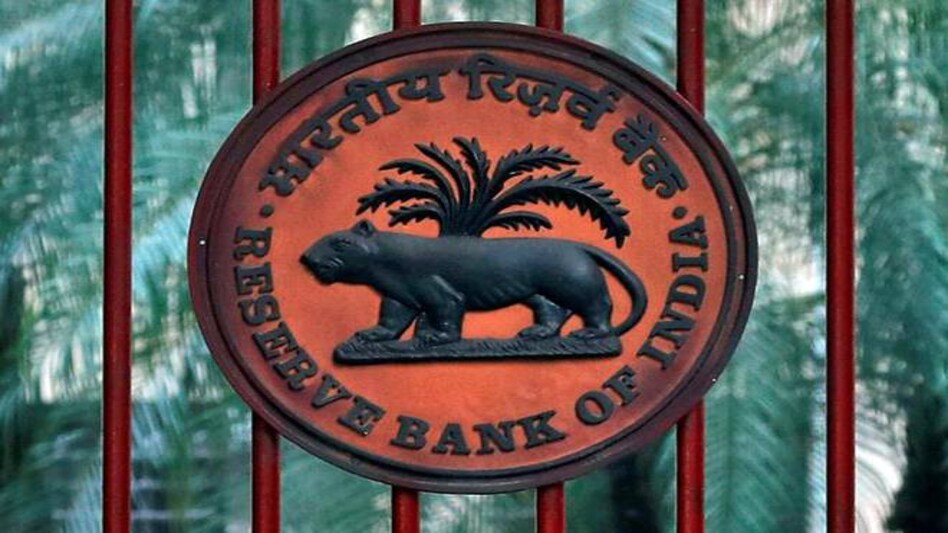Reserve Bank of India (RBI) has modified several provisions of Know-Your-Customer (KYC) norms for banks to align it with Prevention of Money Laundering (Maintenance of Records) Rules, 2005 and Procedure for implementation of Section 51A of the Unlawful Activities (Prevention) Act, 1967 to control the menace of money laundering and mule accounts. At the same time, it has eased the procedure of account related services for customers with proven track record. Let us discuss the changes in KYC rules made by RBI on 6th November 2024.
The basics of account opening process: KYC means Know Your Customer. Banks and financial institutions profile you through your Adhaar and PAN number. Adhaar contains your photo and address details whereas PAN number details your financial health. Besides this, the bank executive captures your e-mail id and mobile number in the banking system. Mobile number and e-mail id is verified through OTP and address is verified by sending welcome kit at your address. The bank account doesn’t get activated till you receive your welcome kit at the given address. If welcome kit returns undelivered due to any reason, the account is not activated. After successful activation bank account, bank generates Unique Customer Identification Code (UCC) popularly known as Customer ID. This id is a must for activating net banking. There is slight difference between Customer ID and UCIC. Customer ID can be different for different accounts but UCIC may remain the same for the same account holder across all accounts. UCIC provides holistic financial knowledge about an onboarding customer. The KYC details are uploaded at the server of Central KYC Registry popularly known as CKYC registry. Once your KYC is uploaded at CKYC, it is available to all the CKYC members. Hope, the process of account opening is now clear to you. Then what has changed due to RBI Circular?
Account opening in the same bank won’t require Re-KYC: RBI has said that ‘REs shall apply the CDD procedure at the UCIC level. Thus, if an existing KYC compliant customer of a RE desires to open another account or avail any other product or service from the same RE, there shall be no need for a fresh CDD exercise as far as identification of the customer is concerned.’ In simple terms, the Reserve Bank of India has said that if existing customer of a bank wants to open another account with the same bank, then there shall be no need of KYC again. It has said that for an existing customer, there will be no further requirement of Customer Due Diligence (CDD) for availing banking services with the same bank.
Periodic review of high-risk accounts and monitoring of MLM: RBI has amended paragraph 37 of the Master Direction – Know Your Customer (KYC) Direction, 2016 dated February 25, 2016. The paragraph says that the extent of monitoring of accounts shall be aligned with the risk category of the customer. It directs to set us a ‘system of periodic review of risk categorization of accounts, with such periodicity being at least once in six months, and the need for enhanced due diligence’ along with ‘close monitoring of the transactions in accounts of marketing firms, especially accounts of Multi-level Marketing (MLM) Companies’.
The procedure for updating KYC: RBI has some part of paragraph 38 of paragraph 37 of the Master Direction – Know Your Customer (KYC) Direction, 2016 dated February 25, 2016 which speaks about updation of KYC. It says that for change in address following method should be followed:
‘In case of a change only in the address details of the customer, a self-declaration of the new address shall be obtained from the customer through customer’s email-id registered with the bank, customer’s mobile number registered with the Bank, ATMs, digital channels (such as online banking / internet banking, mobile application of RE), letter, etc., and the declared address shall be verified through positive confirmation within two months, by means such as address verification letter, contact point verification, deliverables, etc.’
Updation of Minor’s KYC: If the customer has been a minor at the time of account opening, the banks have been asked to take fresh photograph of the customer when he turns major and perform fresh KYC wherever required. The banks have been asked to update KYC details of the customer as soon as possible and upload details at the server. Banks have been asked to facilitate such updation of KYC from any branch of the respective bank.
Change of address in bank account made easy: If you have accounts in 10 different banks and you wish to update KYC of all the accounts, RBI has made life easier for you. Go to your nearest bank branch, update your KYC and your KYC with other nine banks will be automatically updated within a week. How will this happen? RBI has asked banks to upload updated KYC details of a customer and Central KYC Registry Server within seven days of such updation request. Once the CKYC is updated and CKYC informs this updation of an existing client with UCIC Code to other nine banks, the other nine banks will download the data and update your KYC. The banks have been given liberty to perform fresh KYC wherever required if they are not satisfied with the KYC downloaded from CKYC registry.
In an administrative change ‘the designation of Central Nodal Officer for the Unlawful Activities (Prevention) Act (UAPA) has been changed from “Additional Secretary” to “Joint Secretary” as per ‘Procedure for implementation of Section 51A of the Unlawful Activities (Prevention) Act, 1967.
In my view, RBI has made banking services easier for customers with proven track record and tightened noose on money launderers and scamsters through stringent KYC norms, regular monitoring of high-risk accounts, periodic KYC, reporting of suspicious transactions to FIU-IND etc.



